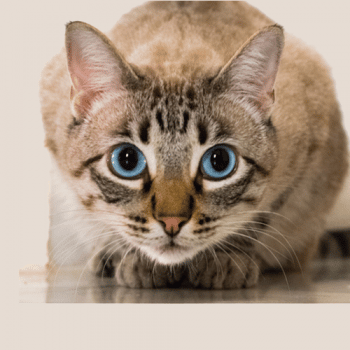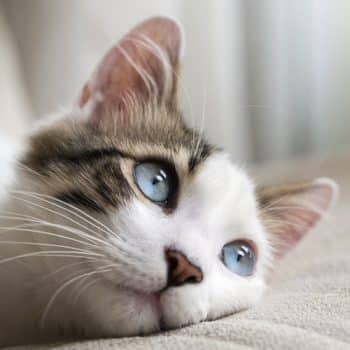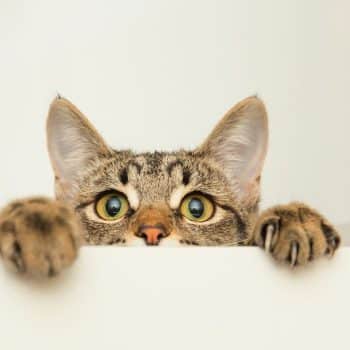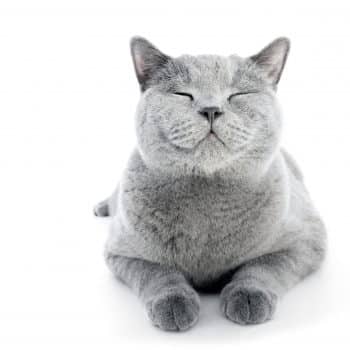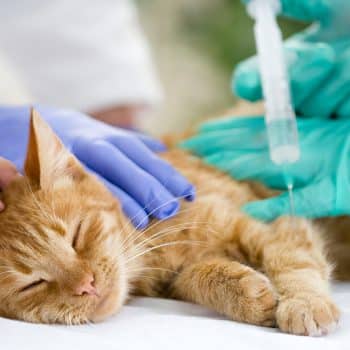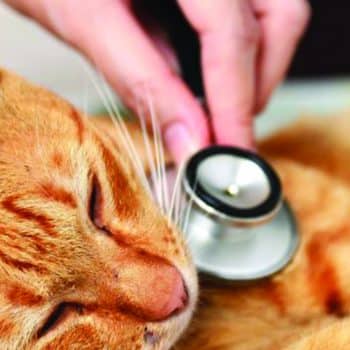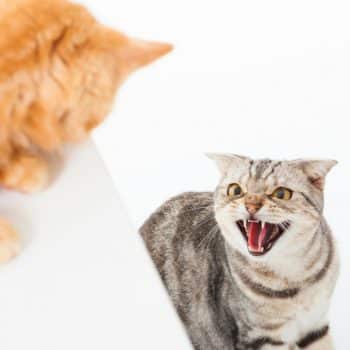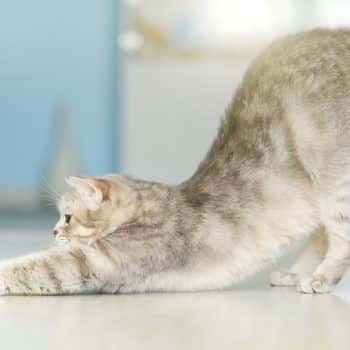Feline Asthma – the signs that every cat owner needs to look out for!
No Comments
Just like us, cats can get asthma. World wide, it is thought that feline asthma affects up to 1% of the cat population. It is a chronic and progressive disease and unfortunately, one for which there is no cure. Treatment…
Read More
